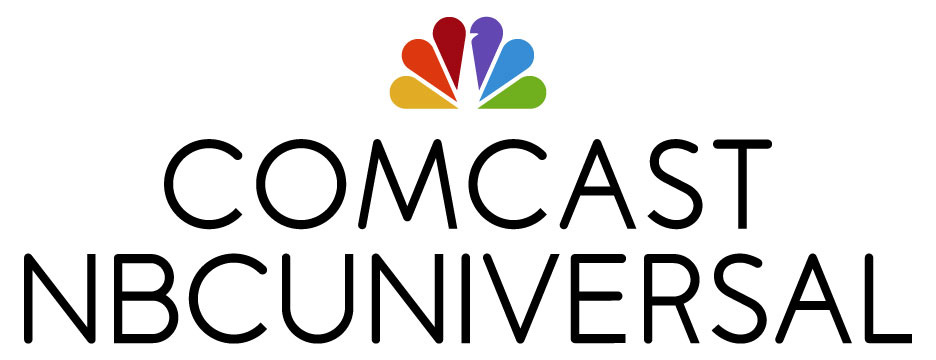Comcast and the U.S. Department Of Housing and Urban Development (HUD) Announce National Initiative to Connect Low-Income Americans to the Internet at Home
By David L. Cohen, Senior Executive Vice President and Chief Diversity Officer, Comcast Corporation
Every Internet Essentials customer has a story to tell. Lisa, a mother of four and grandmother of two, is studying to get her GED. Lisa and her family live in public housing. Recently, they were connected to the Internet at home for the first time as part of Comcast’s Internet Essentials pilot program for public housing residents. Listen to her family’s story here.
On Friday, the Secretary of the U.S. Department of Housing and Urban Development, Julián Castro, and I announced a significant, national effort to help close the digital divide for low-income Americans.
Now, public housing and HUD-assisted residents who live in Comcast’s service area will be eligible to apply for Internet Essentials, the company’s acclaimed, high-speed Internet adoption program for low-income families. Including homes covered by Comcast’s public housing expansion pilot announced in March, an estimated total of up to 2 million HUD-assisted homes, including Public Housing, Housing Choice Voucher, and Multifamily programs, will now have access to low-cost Internet service. According to HUD, this number is also more than 40 percent of all HUD-assisted households nationwide.
I first met the Secretary when he was Mayor of San Antonio. Over the years we stayed in touch, and we crossed paths again last year at an event hosted by The Washington Post about the digital divide. We both quickly realized we shared a common passion to get more Americans connected to the Internet at home.
This past March, we stood together in Miami to announce a pilot program to extend eligibility for Internet Essentials to public housing residents in Miami-Dade County, Nashville, Philadelphia, and Seattle. We saw great interest and recognized we had a massive opportunity to expand the effort nationally.
Today’s announcement is an official policy change that marks the first time in the history of the program, outside of some pilot markets, that adults without a child eligible for the National School Lunch Program will be eligible to apply for Internet Essentials.
This means veterans living in HUD-assisted homes who are transitioning from combat into the workforce will now be able to sign up for low-cost Internet, so they can use it to search and apply for jobs.
It means senior citizens will be able to access the Internet from the comfort of their HUD-assisted homes to do the things many of us often take for granted, such as sharing photos with loved ones, communicating via video chat, paying bills, and following the news.
Finally, it means adults without children living in HUD-assisted homes can get online and access a wide range of opportunities, from accessing educational resources to healthcare information.
Over the years, we have made many changes to the program, more than 25 in fact, but never before have we made a more sweeping change than this one.
The top ten states and cities with the largest numbers of HUD-assisted households include*:
|
Top 10 States |
Top 10 Cities |
||
|
California |
191,000 |
Chicago, IL |
91,000 |
|
Illinois |
175,000 |
Philadelphia, PA |
35,000 |
|
Massachusetts |
167,000 |
Miami, FL |
31,000 |
|
Pennsylvania |
164,000 |
Baltimore, MD |
31,000 |
|
Florida |
136,000 |
Houston, TX |
31,000 |
|
Michigan |
110,000 |
Washington, DC |
30,000 |
|
New Jersey |
105,000 |
Detroit, MI |
25,000 |
|
Maryland |
88,000 |
Atlanta, GA |
24,000 |
|
Georgia |
84,000 |
San Francisco, CA |
22,000 |
|
Tennessee |
80,000 |
Pittsburgh, PA |
20,000 |
*These numbers are for all HUD-assisted homes of which approximately 35 percent have school-aged children and are, therefore, already eligible to apply for Internet Essentials. These numbers also include households covered by Comcast’s public housing pilot announced in March.
According to the 2013 American Community Survey, less than 43 percent of individuals without a high school diploma or equivalent lack home Internet access, but under this opportunity adults and young learners can get connected from the comfort of their own homes and take advantage of resources to get a GED credential, apply for and complete college, and acquire the necessary digital literacy skills to thrive in a highly competitive, global workforce.
This effort is not only about building a bridge to help more Americans cross the digital divide, but it’s also about helping people use the Internet to climb up the economic ladder — to a better education and a better job that will help them achieve their dreams and help end the cycle of poverty.
This article first appeared on Comcast Voices, a place for conversations with Comcast. Read more blogs about our impact in the community here.

